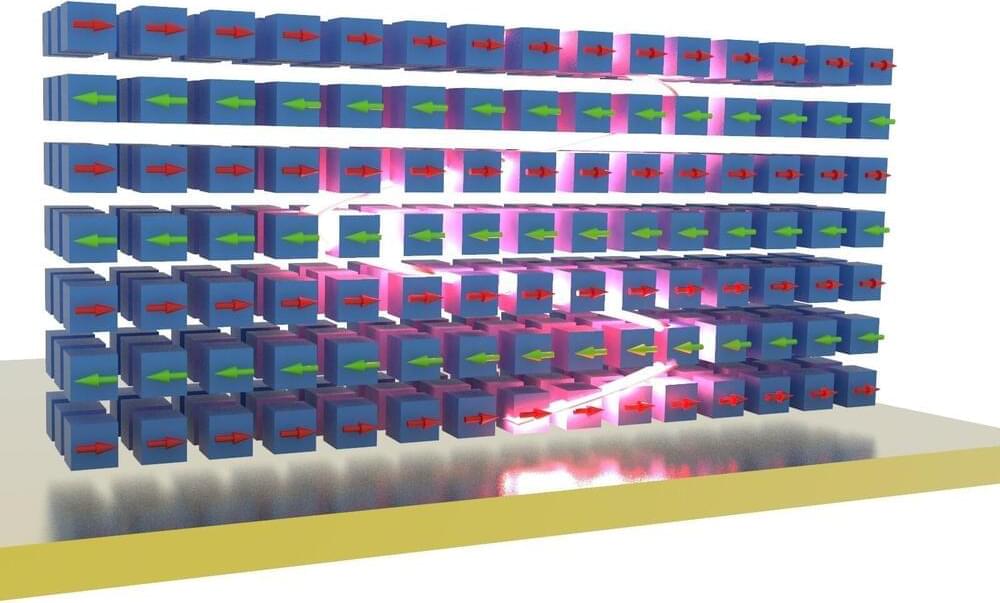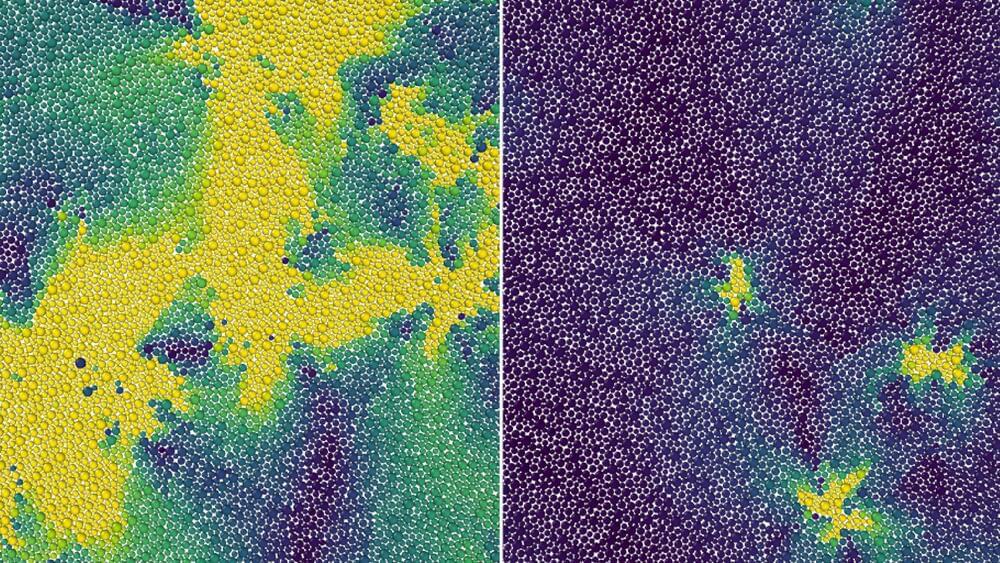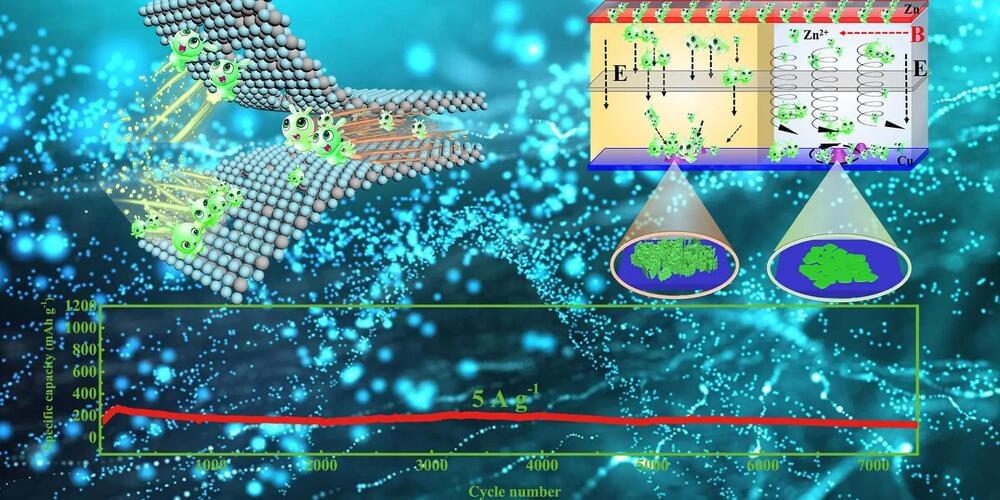A thin film patterned with nanoantennas exhibits negative refraction of light, a useful feature for subwavelength imaging.
Materials that refract light the “wrong way” could be used to make optical lenses that can image objects smaller than visible wavelengths. So-called negative refraction has been demonstrated in thin films in which surface plasmons—collective charge oscillations—have been excited by a powerful laser. Now, an international team involving Purdue University, Indiana, the University of Glasgow, UK, and Imperial College London show that they can more efficiently achieve the same effect by placing an array of nanoscale antennas on the film.







